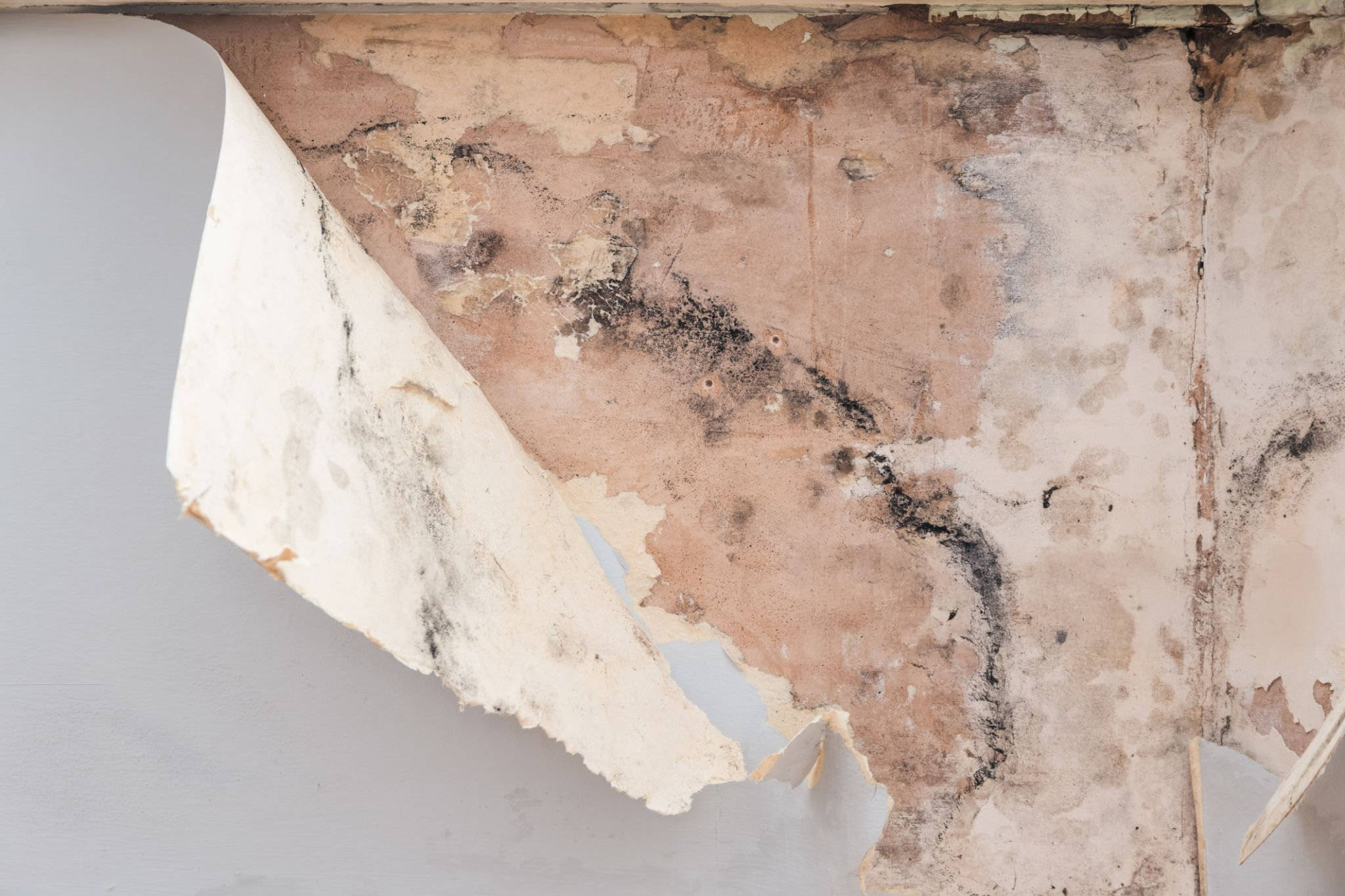What Is a Damp-Proof Course (DPC)?
A damp-proof course (DPC) is a protective barrier built into walls to prevent ground moisture from rising into the property. Typically installed near the base of a wall, it acts as a horizontal seal between the ground and the internal structure.
In modern homes, DPCs are usually made of plastic or bitumen, but many older homes in London — especially Victorian and Edwardian terraces — were built either without a DPC, or with ones that have since deteriorated or become bridged over time.
When a DPC fails, rising damp becomes a serious risk — damaging plaster, timber, insulation, and even the structural integrity of your walls.
Common Signs Your Damp-Proof Course May Be Failing
1. Tide Marks on Internal Walls
One of the most recognisable symptoms of rising damp is a horizontal stain or “tide mark” on the internal wall, typically up to one metre from the ground. These stains may appear brown, yellow, or discoloured and often indicate moisture rising through masonry.
2. Salt Deposits (Efflorescence)
White, powdery deposits forming on your walls or skirting boards are a sign of salts migrating through the wall fabric — a common result of water rising through porous materials. This strongly points to rising damp from a compromised DPC.
3. Crumbling or Bubbling Plaster
Moisture breaks down internal finishes. If your plaster is blistering, flaking, or soft to the touch — particularly at the base of the wall — this could suggest that the DPC has failed and is allowing groundwater to travel upwards.
4. Peeling Paint or Lifting Wallpaper
If your wallpaper is lifting or your paint is peeling in low-level areas near the skirting, it’s often a result of persistent damp. DIY fixes won’t last long unless the root cause is addressed.
5. Black Mould at Lower Wall Levels
Although black mould is often associated with condensation, when it appears low on walls, it may indicate rising damp due to a failed DPC. If mould is concentrated around skirting boards or floor junctions, it warrants closer inspection.
6. Damp or Musty Smell in Ground Floor Rooms
A consistent musty smell — even without visible signs — may signal hidden rising damp. Ground floor rooms in older homes are particularly susceptible.
What Can Look Like DPC Failure (But Isn't)
It’s easy to mistake other damp issues for rising damp. Here’s what we often find during surveys:
Condensation Damp: Caused by poor ventilation, often found in bathrooms or bedrooms.
Penetrating Damp: Usually from external leaks or guttering issues affecting a specific wall.
Plumbing Leaks: Can mimic rising damp if located near floor level.
Bridged DPCs: When garden soil, render, or paving is built up above the DPC line, allowing moisture to bypass the barrier.
Misdiagnosing the issue can lead to wasted money on the wrong treatment — or worse, covering up the symptoms while the real problem spreads.
Only a Professional Damp Survey Can Confirm Rising Damp
Visual signs are helpful, but they don’t tell the full story. Rising damp can only be confirmed with specialist tools and training. That’s where we come in.
Our expert damp surveys include:
Moisture profiling using electronic damp meters
Thermal imaging to detect hidden moisture
Salt testing to distinguish rising damp from other types
Inspection of wall construction and external ground levels
A written report with clear diagnosis and treatment plan
Our surveys take time, expertise, and typically require three hours to investigate, photograph, and report on. We charge for this service because it consistently helps clients avoid misdiagnosis and unnecessary work — and has proven to be more reliable than £3,000+ HomeBuyers Reports, according to client feedback.
Why London Homes Are at Higher Risk
London has one of the largest stocks of pre-1930 housing in the UK. Many properties — especially those in Peckham, Hackney, Islington, Camden, and Southwark — were built long before modern damp-proofing became standard.
These homes often:
Lack a DPC entirely
Have DPCs that have degraded with age
Are affected by renovation or landscaping that bridges the DPC
That’s why rising damp is still a common issue — and why inspections in London must be carried out by experienced surveyors who understand period construction methods.
Suspect a Failing Damp-Proof Course? Book a Survey Today
If your property is showing signs of rising damp — or you simply want peace of mind — the best next step is to book a professional damp survey.
We provide expert surveys across all areas of London, giving homeowners and landlords a clear, honest diagnosis and action plan.

